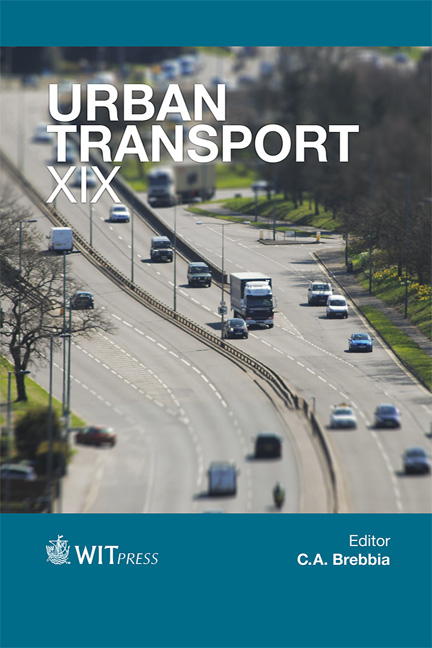Transport Demand Modelling In Melbourne
Price
Free (open access)
Transaction
Volume
130
Pages
17
Page Range
331 - 347
Published
2013
Size
1,302 kb
Paper DOI
10.2495/UT130261
Copyright
WIT Press
Author(s)
F. Spiridonos
Abstract
Transport demand models are a systematic representation of the large and complex real-world transport system as it exists, and as it might be. The development and application of such models is fundamental to the transport project and policy development and economic appraisals undertaken within the Victorian Department of Transport (VDOT) and its agencies. Transport demand models provide an analytical framework to understand and assess the performance of the transport system under existing and future demands. Additionally, transport demand models can be used to: assess the impacts of integrated transport and land-use strategies on a systematic basis provide the background analysis to identify the implications of transport policies and strategies; and identify the quantum and location of congestion. Furthermore, the application of such models enables quantitative measures to be generated that act as key inputs to the project appraisal process. Some of these inputs can only be derived in a sufficiently robust and disaggregate manner by using transport demand models. The VDOT has developed the Victorian Integrated Transport Model (VITM) to undertake multi-modal transport demand modelling of transport project, policy and land use initiatives. The VITM also incorporates a Melbourne Freight Movement Model (MFMM) for the modelling of freight demand across metropolitan Melbourne. Keywords: transport demand modelling, congestion, freight modelling.
Keywords
Keywords: transport demand modelling, congestion, freight modelling.





